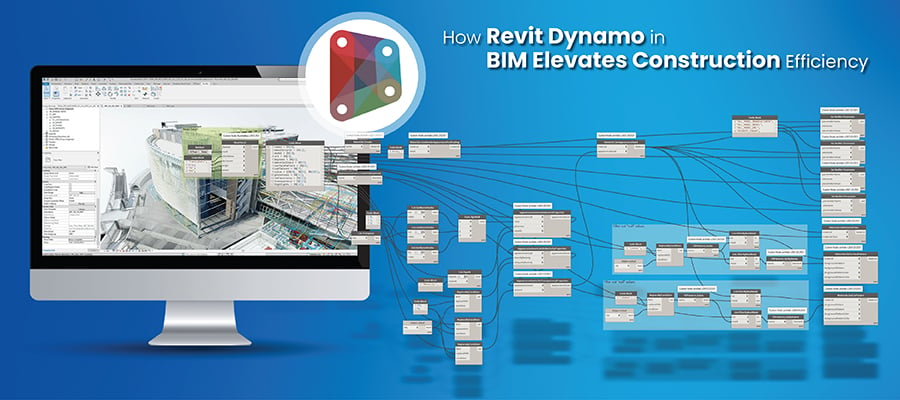
Revit Dynamo transforms construction with efficient BIM workflows, offering a visual interface, parametric design, and data interoperability. Its benefits include improved efficiency, enhanced collaboration, and customization flexibility.
Building Information Modeling (BIM) has transformed the construction sector through accurate and data-rich representations of various building lifecycles in 3D space. It incorporates various trades including Architecture, Structure, Mechanical, Electrical, Plumbing (MEP), and Fire Protection (FP) through collaborative workflows and tools to improve project outcomes and efficiency. It drives better decision-making within key participants to lower errors, promote sustainable design, and transform modern architecture and construction.
Table of Contents
Effective and efficient workflows within the BIM landscape for design and construction, are crucial to streamline projects and collaboration. Efficient BIM workflows augment communication, reduce errors, and expedite decision-making. Seamless integration of project data improves efficiency, ensures accuracy, ensure winning outcomes, and elevates cost effectiveness.
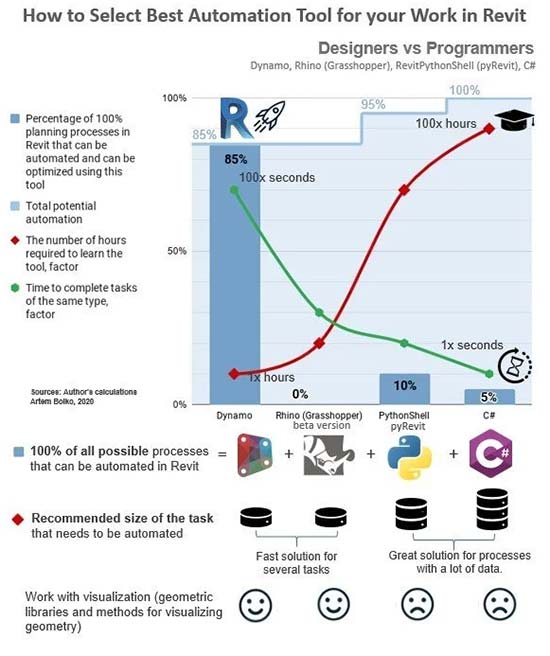 Source: bigdataconstruction.com
Source: bigdataconstruction.com
Revit Dynamo is a popular and potent tool to augment BIM processes for faster and effective customization and efficiency. Visual programming supported by the Dynamo algorithm integrates quickly with Autodesk Revit for repetitive task automation, management of complex geometry, and improvements in design discovery.
Node-based workflows or interface supports design and engineering teams to achieve parametric design, streamline processes, and enrich projects with collaborative tools. Customized scripts created within the Dynamo framework automates repetitive tasks, expedites Revit 3D modeling, and ensures data authenticity within the 3D models. The dynamic harmony between Revit-Dynamo illustrates a progressive method to BIM leading to greater 3D BIM model versatility and improved productivity.
Developed by Autodesk, Revit has been an influential platform to model building elements in a 3D space including Architecture, Structure, Mechanical, Electrical, and Plumbing. Seamless integration of 3D models, information management, and collaborative platforms ensures high accuracy and efficiency within project design and documentation. Parametric design through Revit supports the creation of accurate, data-rich, and intelligent 3D BIM models for simpler and faster modifications and updates. In-built capabilities drive collaboration between multiple teams to improve communication and coordination for various building lifecycles.
Dynamo is a powerful scripting tool with visual programming that smoothly integrates with Revit for Architects and Designers through a user-friendly interface. Dynamo scripting for Revit supports users to create customized scripts through node-based system to automate complex tasks and improve parametric design. Flexible capabilities, faster data manipulation, and geometric evolution an iterative and dynamic design process. Closing the gap between the design purpose and its implantation, Dynamo supports architects, designers, and engineers with workflow optimization to unlock a series of possibilities within the Revit ecosystem.
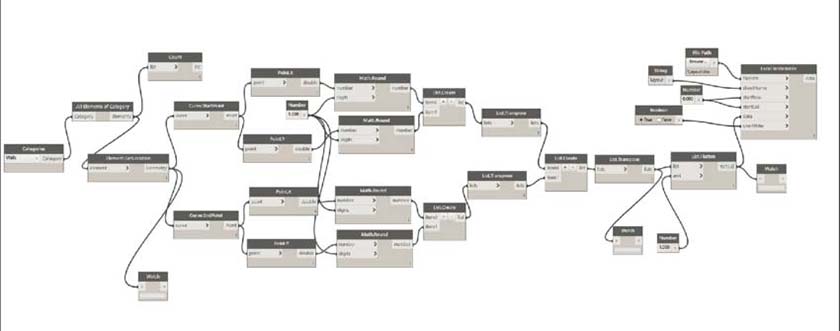 Source: researchgate.net
Source: researchgate.net
Revit enriched by Dynamo showcases visual programing and computational design to augment Revit capabilities within the BIM environment. Mentioned below are five key features and capabilities of Revit Dynamo:
Elevate precision, enhance collaboration, and optimize efficiency. Outsource your next BIM project.
Connect with our BIM experts today »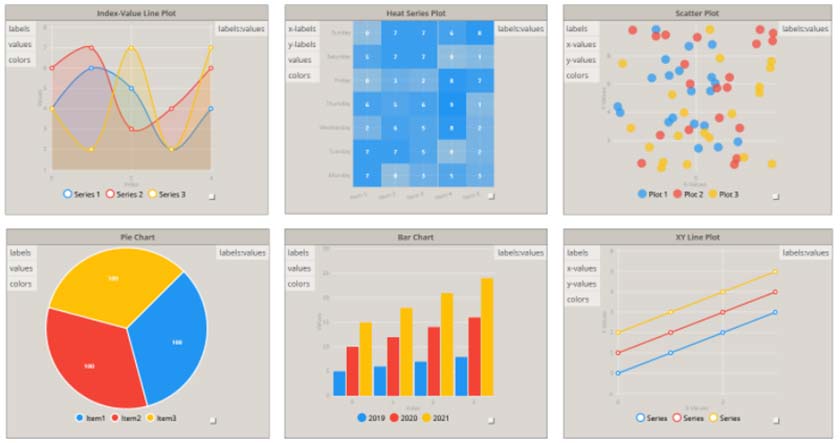 Source: linkedin.com
Source: linkedin.com
Consistent data and enhanced visualization combined together produces improved communication amongst project participants thereby promoting an understanding of project goals. The integration of Dynamo into BIM processes transmits a higher project quality, process streamlining, and excellent efficiency leading to cohesive project work.
Automate your processes and save 50% time on project delivery.
CALL OUR DYNAMO SPECIALISTS »Using Dynamo for generative design exploration
Parametric design and visual scripting empower architects, designers, and engineers to dive into generative design within the BIM framework. Generating of algorithms and workflows, Dynamo allows a data-driven and iterative design process. The Dynamo expands its capabilities to automate complex tasks, improve efficiency, and foster creativity.
Users can explore a plethora of design options, calculate performance metrics, and optimize project solutions based on specific parameters. Dynamo’s integration within BIM platforms like Revit encourages an iterative and dynamic approach to transform the design process and enable professionals to achieve a high level of creativity whilst maintaining project efficiency and precision.
Optimizing building layouts and configurations
Revit Dynamo is an exceptional tool to optimize building layout and configurations through parametric design and scripting. Dynamo enables Architects and planners create algorithms that assess and generate various layout options. This promotes a quick exploration of design options considering accessibility, functionality, and spatial efficiency. Based on Dynamo’s seamless reinforcement within Revit, users can adjust parameters, and ensure iterative refinement of layouts. This process improves design flexibility and simplifies decision-making that results in optimized and efficient building configurations that align with project needs and goals.
Creating parametric families and components
Revit powered by Dynamo helps designers facilitate the creation of components and parametric families to achieve a dynamic approach to BIM. Visual scripting based on Dynamo enables the use of adaptable elements that respond to defined parameters. This ensures flexibility to build intelligent data-driven families from simpler components to intricate building elements. The parametric nature of these families allows quick modification and investigation of design prototypes to enhance efficiency and design accuracy. Dynamo’s integration with Revit streamlines processes to offer a strong platform for Architects and Engineers to create, manage, and optimize parametric families for diverse applications in architectural design and project development.
Exploring design alternatives through parameter adjustments
Delving into design changes is a dynamic process through parameter adjustment. Tweaking variables architects and designers can use tools like Revit Dynamo can investigate multiple options within a design and construction project. This investigation involves fine-tuning dimensions, materials, and multiple variables to assess their overall design. Parametric changes offer an iterative and rapid approach that allows professionals to move through a diverse spectrum of design creativity. This method creates innovation, but also ensures a complete understanding of various elements. Adjusting parameters is key to refine and optimize design alternatives.
Automating repetitive tasks such as annotation and detailing
Revit Dynamo is influential in the areas of BIM to automate time-consuming and repetitive tasks that includes annotation and tagging. Dynamo as a visual programming tool simplifies the creation and placement of annotations, dimensions, and other detailing elements. Scripting automated workflows, professionals can achieve consistency across the design landscape to mitigate errors and improve efficiency. Dynamo’s capability to handle relationship intricacies and dependencies between annotations and detailing reduces manual load and intervention. This expedites the documentation process and empowers architects and designers to achieve greater focus on design creativity for precision and innovation.
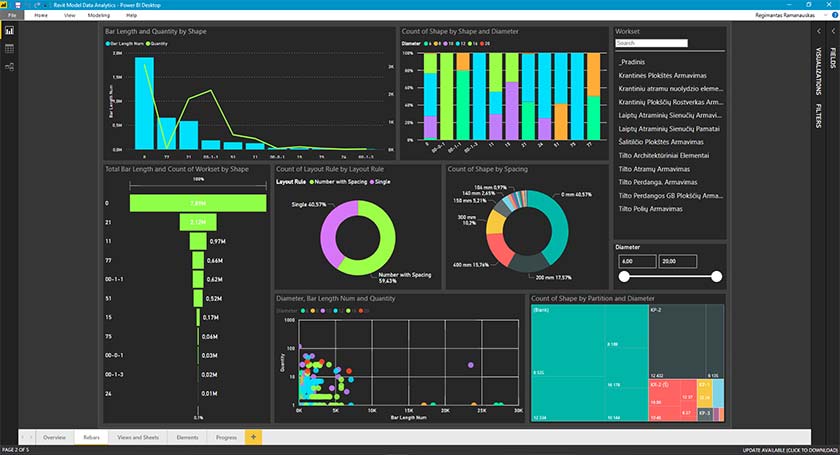 Source: linkedin.com
Source: linkedin.com
Automation with Revit APIs saves 30% time in model creation for a manufacturer in Netherlands
A leading building product manufacturer from the Netherlands approached Hitech CADD Services with PDF, Revit, and IFC files as input to generate an automated BIM solution to create photo-realistic Revit models for customized façade supports and quote order system.
The team at Hitech CADD Services devised a BIM solution to enhance the design process and streamline customer services. 3D models and Revit families were created using Revit APIs. The APIs helped the client with quick quality checks and Revit file sharing. 13 APIs were created to manage and keep track of design changes and costs. With the deliverables in place, the client could-
The business impact included –
 Dynamo Process for Revit to Excel & Excel to Revit Connection
Dynamo Process for Revit to Excel & Excel to Revit Connection
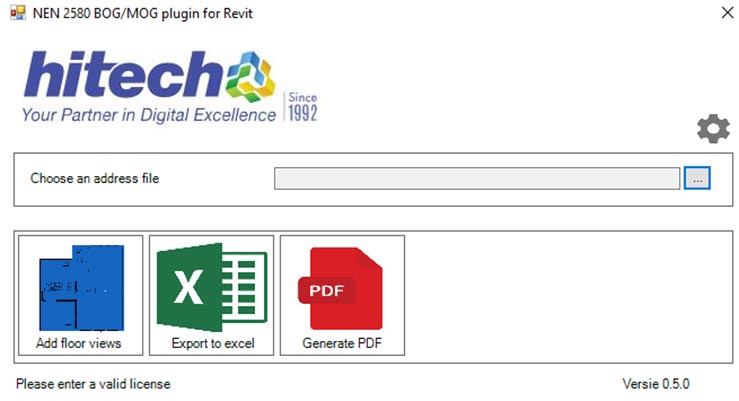 Automation Tool for Area Plan Creation
Automation Tool for Area Plan Creation
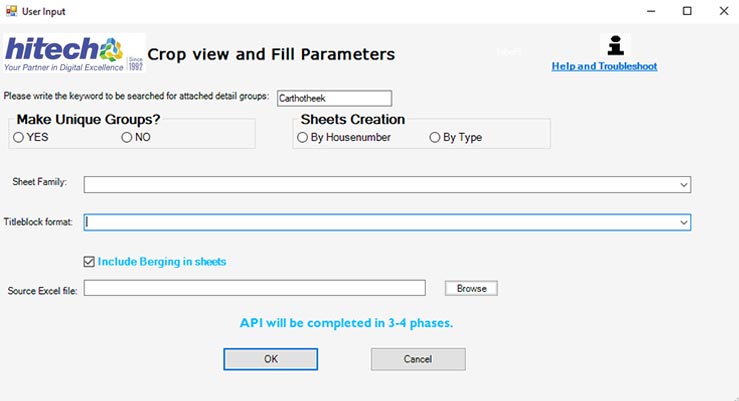 Auto Sheet Creation
Auto Sheet Creation
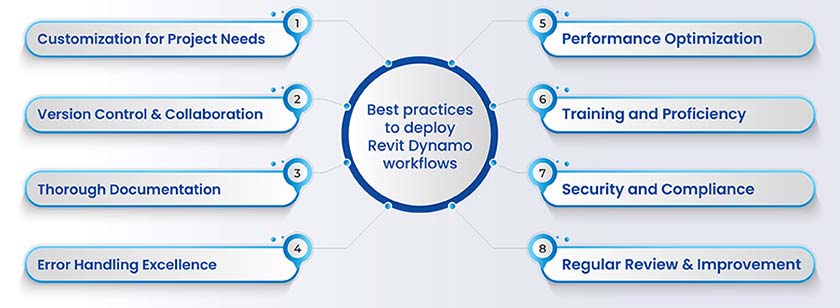
The future of Revit-Dynamo workflows has witnessed a critical transformation through the enrichment of Artificial Intelligence (AI) and Machine Learning (ML). AI and ML will continue to enhance design automation by allowing Dynamo scripts to adjust and optimize based on project dynamics. Predictive analytics revolutionize decision-making to offer insights leading to improved design precision and design efficiency.
Generative design driven by AI and ML will boost performance of Dynamo workflows to enhance the ideation process, cultivate an intelligent and information-driven approach to building design and construction.
Concluding the article, Revit Dynamo is an evolutionary tool that improves BIM workflows. By seamlessly integrating Dynamo automation, customization, and greater collaboration capabilities, Dynamo streamlines processes and empowers architects, designers, and engineers to achieve greater levels of accuracy and efficiency for their projects. Its adaptability and intuitive design contribute to a dynamic ecosystem for innovation to thrive.
As the construction industry continues to transform, Revit Dynamo is an important asset to shape the future of BIM for agile, smarter and collaborative technique.
You may also like
Top 5 Global MEP BIM Outsourcing Companies
Top 5 Architectural BIM Companies to Outsource
Top 5 Sheet Metal Design Companies to Outsource